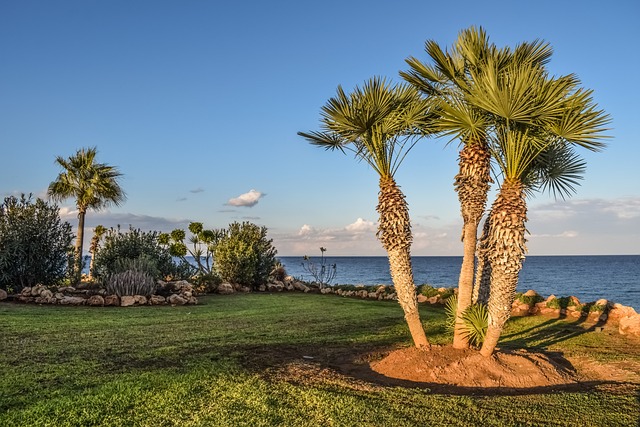
Installing a sprinkler system is a strategic approach to ensuring your lawn and garden remain vibrant and healthy. The right sprinkler system not only automates the task of watering but also ensures that water is distributed evenly and efficiently throughout your green spaces. A well-planned installation involves evaluating the landscape layout, considering the types of vegetation, and understanding the water requirements of each zone within your garden. Advances in technology have brought smart sprinkler systems into the market that can adjust watering based on weather conditions and soil moisture levels, thereby conserving water and reducing waste. As environmental awareness grows, choosing an efficient sprinkler system has become crucial in promoting sustainability and optimizing water usage. Whether you are a seasoned gardener or a casual homeowner looking to maintain a lush outdoor environment, understanding the fundamentals of sprinkler system installation is key to achieving an effective irrigation solution that saves time and preserves natural resources.
Sprinkler System Installation
Sprinkler system installation is a crucial process for maintaining a healthy and vibrant landscape. These systems are essential for ensuring that lawns, gardens, and other green spaces receive consistent and adequate water supply, which is vital for their growth and sustainability. The installation process of a sprinkler system involves several key steps, including planning, trenching, connecting the water supply, and setting up the sprinkler heads. Carefully considering the layout is crucial to ensure even coverage, avoiding dry spots and overwatering, which can lead to excessive water bills and potential damage to plants and soil.
The first step in installing a sprinkler system is meticulous planning. This involves assessing the landscape to determine the irrigation needs of different areas, considering factors such as soil type, plant species, and sun exposure. A well-thought-out plan will map out where each sprinkler head and pipe will be laid, taking into account the optimal water pressure and flow rates necessary for efficient operation. Homeowners often consult with professional installers or utilize irrigation planning software to create a blueprint that maximizes water conservation and coverage efficiency.
Once the planning is complete, the physical installation begins with trenching. This involves digging narrow trenches where the main water lines and lateral pipes will be placed. The depth and width of these trenches are carefully calculated so that pipes are both secure and able to provide optimal irrigation. Afterward, the pipes are laid out, connected, and tested for leaks to ensure a solid, dependable system. Finally, the sprinkler heads are installed; they are crucial components that control the distribution of water. Modern systems often incorporate programmable controllers that allow for precise setting of watering schedules, adapting to seasonal changes and rainfall, thereby promoting sustainable water usage.